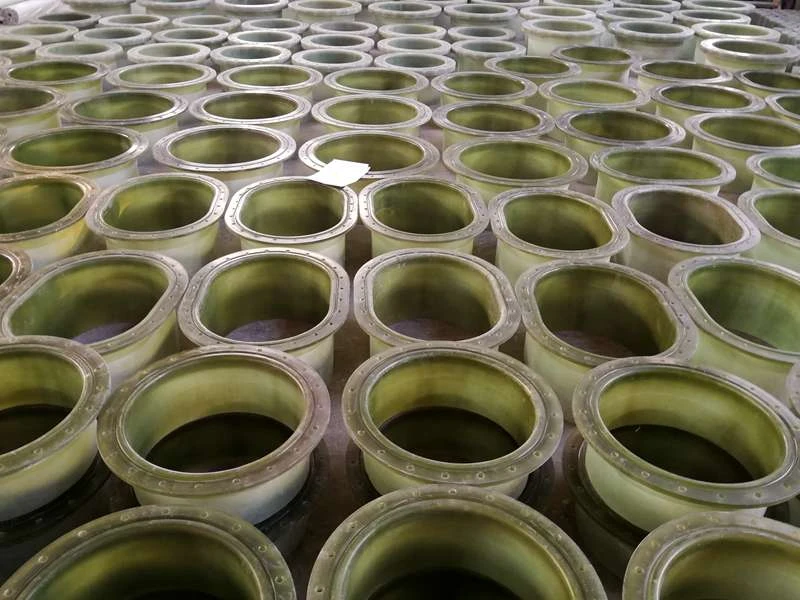
-
 Afrikaans
Afrikaans -
 Albanian
Albanian -
 Amharic
Amharic -
 Arabic
Arabic -
 Armenian
Armenian -
 Azerbaijani
Azerbaijani -
 Basque
Basque -
 Belarusian
Belarusian -
 Bengali
Bengali -
 Bosnian
Bosnian -
 Bulgarian
Bulgarian -
 Catalan
Catalan -
 Cebuano
Cebuano -
 China
China -
 China (Taiwan)
China (Taiwan) -
 Corsican
Corsican -
 Croatian
Croatian -
 Czech
Czech -
 Danish
Danish -
 Dutch
Dutch -
 English
English -
 Esperanto
Esperanto -
 Estonian
Estonian -
 Finnish
Finnish -
 French
French -
 Frisian
Frisian -
 Galician
Galician -
 Georgian
Georgian -
 German
German -
 Greek
Greek -
 Gujarati
Gujarati -
 Haitian Creole
Haitian Creole -
 hausa
hausa -
 hawaiian
hawaiian -
 Hebrew
Hebrew -
 Hindi
Hindi -
 Miao
Miao -
 Hungarian
Hungarian -
 Icelandic
Icelandic -
 igbo
igbo -
 Indonesian
Indonesian -
 irish
irish -
 Italian
Italian -
 Japanese
Japanese -
 Javanese
Javanese -
 Kannada
Kannada -
 kazakh
kazakh -
 Khmer
Khmer -
 Rwandese
Rwandese -
 Korean
Korean -
 Kurdish
Kurdish -
 Kyrgyz
Kyrgyz -
 Lao
Lao -
 Latin
Latin -
 Latvian
Latvian -
 Lithuanian
Lithuanian -
 Luxembourgish
Luxembourgish -
 Macedonian
Macedonian -
 Malgashi
Malgashi -
 Malay
Malay -
 Malayalam
Malayalam -
 Maltese
Maltese -
 Maori
Maori -
 Marathi
Marathi -
 Mongolian
Mongolian -
 Myanmar
Myanmar -
 Nepali
Nepali -
 Norwegian
Norwegian -
 Norwegian
Norwegian -
 Occitan
Occitan -
 Pashto
Pashto -
 Persian
Persian -
 Polish
Polish -
 Portuguese
Portuguese -
 Punjabi
Punjabi -
 Romanian
Romanian -
 Russian
Russian -
 Samoan
Samoan -
 Scottish Gaelic
Scottish Gaelic -
 Serbian
Serbian -
 Sesotho
Sesotho -
 Shona
Shona -
 Sindhi
Sindhi -
 Sinhala
Sinhala -
 Slovak
Slovak -
 Slovenian
Slovenian -
 Somali
Somali -
 Spanish
Spanish -
 Sundanese
Sundanese -
 Swahili
Swahili -
 Swedish
Swedish -
 Tagalog
Tagalog -
 Tajik
Tajik -
 Tamil
Tamil -
 Tatar
Tatar -
 Telugu
Telugu -
 Thai
Thai -
 Turkish
Turkish -
 Turkmen
Turkmen -
 Ukrainian
Ukrainian -
 Urdu
Urdu -
 Uighur
Uighur -
 Uzbek
Uzbek -
 Vietnamese
Vietnamese -
 Welsh
Welsh -
 Bantu
Bantu -
 Yiddish
Yiddish -
 Yoruba
Yoruba -
 Zulu
Zulu
drilling rod spirals down into the earth.
Drilling Rod Spirals Down into the Earth
The world beneath our feet holds immense mysteries, a labyrinth of geological layers that tell the story of our planet's history. As scientists and engineers continue to explore these subterranean realms, the technique of drilling has become crucial. A notable method involves the use of a drilling rod that spirals down into the Earth, enabling us to uncover resources, study geological formations, and even assess the viability for various underground projects.
Drilling is an ancient practice that has evolved significantly over the decades. Initially, it was primarily used for water extraction, with rudimentary tools and techniques. However, with advancements in technology, modern drilling operations have become highly sophisticated and are applied in several domains, including oil and gas exploration, mineral extraction, geothermal energy, and scientific research. The drilling rod is a pivotal component of this process, often designed to penetrate deep into the Earth's crust.
The process begins when the drilling rig is set up at the designated site. The rig provides the necessary mechanical capabilities to rotate and push the drilling rod into the ground. The rod is typically composed of strong metals such as steel to withstand the immense pressures and forces encountered underground. As the drilling rod spirals downwards, it rotates and cuts through the various geological layers, from soft sediments to hard rock formations.
drilling rod spirals down into the earth.

One of the unique features of many modern drilling systems is the ability to incorporate specialized drill bits attached to the end of the rod. These bits can be tailored for specific geological conditions. For instance, diamond-tipped bits are used for drilling through particularly hard rock, while more standard bits are suitable for softer materials. The design of the drill bit, together with the spiraling motion of the rod, allows for efficient penetration, reducing the time and energy required for drilling operations.
As the rod descends deeper into the Earth, a combination of rotary drilling and fluid circulation plays a crucial role. The fluids, often a mixture of water and various additives, serve multiple purposes, including cooling the drill bit, carrying cuttings to the surface, and stabilizing the borehole. This process not only enhances the efficiency of the drilling operation but also ensures the safety of the environment surrounding the site.
Moreover, the data collected during drilling operations proves invaluable. Geologists and scientists analyze rock samples retrieved via the drilling rod to gain insights into the Earth's composition, available resources, and even seismic activity patterns. This information can inform decisions on resource management, environmental protection, and disaster preparedness.
In conclusion, the spiraling journey of the drilling rod into the Earth represents a fascinating intersection of technology and geology. As we continue to refine our drilling methods and technologies, the potential for discovery and innovation remains vast. From harnessing sustainable energy resources to enhancing our understanding of the Earth’s structure, the humble drilling rod is an essential instrument that fuels our quest for knowledge about the hidden world beneath us. The deeper we drill, the closer we come to unlocking the secrets of our planet's past and securing its future.









